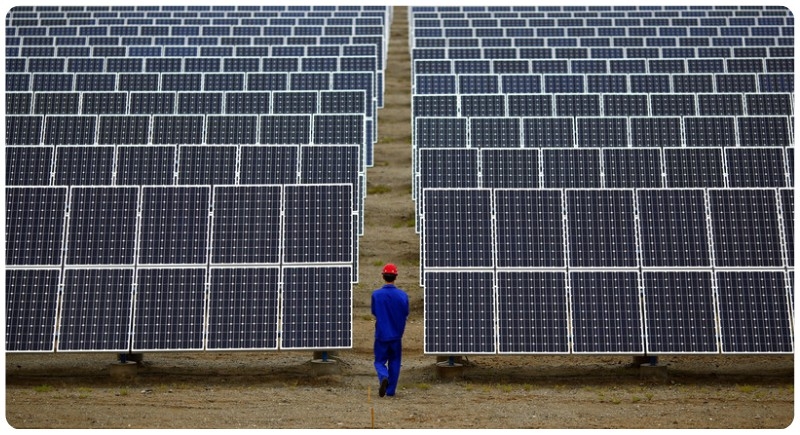Have a look at the future of energy; the way China has adopted and generating electricity
Beijing, September 18: In a country like India, where there is a huge demand for power supply the way our neighbor country is doing we too can explore more and more energy by exploiting renewable energy. The development of renewable energy in China has attracted global attention in recent years.

In 2012, China’s installed capacity of wind and solar power was 61GW and 3.4GW respectively, while the annual electricity generated by renewables was only 2.1% of China’s total consumption. By 2017, China's wind and solar power capacity had increased to 168.5 GW and 130.06 GW respectively, and renewable was generating 5.3% of China’s electricity supply.
At present, China leads the world in terms of wind and solar power capacity. And with large-scale industrial applications, the costs have fallen substantially. A good example is photovoltaic (PV) technology: the price of PV modules decreased from about 30 Yuan per watt in 2007 to about 10 Yuan in 2012, and by 2017 it had decreased further to just 2 Yuan per watt.
The success of China's renewable energy drive fully illustrates the effectiveness of China’s on-grid tariff subsidies. The advantage of the on-grid tariff policy - through which the government can make renewable energy production more competitive and attractive to businesses and investors - is that it anchors the revenue of power generation throughout the entire lifecycle. In this way, it conveys a clear price signal to investors, and can effectively support the early stages of renewable energy development.
At present in China, the quality of renewables, rather than the quantity, should be prioritized. Since competitiveness is crucial to future development, subsidies should be designed in such a way as to favor competitiveness. The current approach - subsidy based on quantity (generation hours) - could possibly prompt some enterprises to overlook the long-term interests of the industry in order to make short-term profits.
The curtailment of wind and solar in China is largely due to the imbalance in China's energy endowment. The majority of renewable generation is concentrated in western China, but the market’s capacity to accommodate wind and solar power there is very limited. Despite the government's efforts, the relatively large curtailment is likely to continue, as long as renewable installed capacity continues to grow rapidly. As such, the government might need to consider reducing subsidies to contain the enthusiasm for renewables.
Further, with the current electricity surplus in China, transferring subsidy reductions into cost reductions can reduce inefficient capacity installations. Reducing subsidies can also force renewables manufacturers and power plant investors to consider future investments more carefully, and encourage them to look for more economical projects.